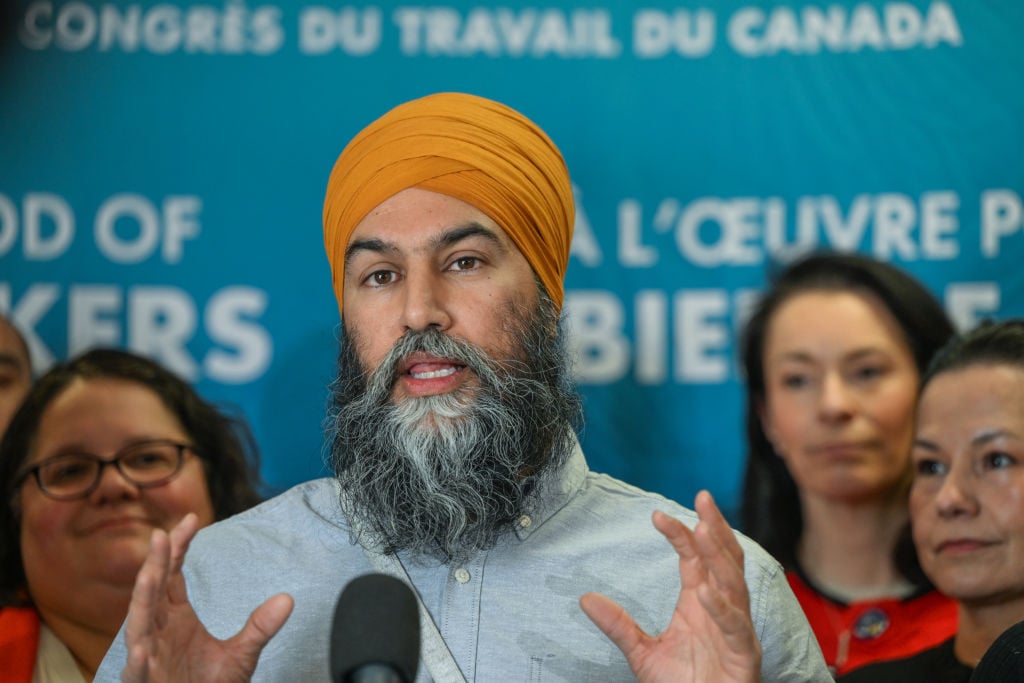Retirement is often seen as the long-awaited reward after years of hard work. The daily grind of morning alarms, office politics and stressful commutes finally come to an end, regaining full control over your time and how you spend it.
While retirement offers newfound freedom, it also brings some unexpected losses. Some, like a steady paycheque, are obvious. Others, like a sense of purpose, might sneak up on you.
Without proper planning, these changes can leave you feeling unprepared. Here are five major things that tend to disappear in retirement, and what you can do in the present to make sure they don’t catch you off guard in the future.
1. The financial safety of your paycheque
The most immediate change when you retire is the loss of your steady income. For years, your paycheque arrived on a set schedule. In its place, you’ll rely on withdrawals from your RRSP, TFSA, CPP, OAS and any other savings, pension plans or investments you’ve built up over time.
Many Canadians find this transition more jarring than they expected. Moving from earning and saving to withdrawing and budgeting can feel uncomfortable.
A solid withdrawal strategy is key. The traditional “4% rule” has been debated in recent years, with some experts suggesting a lower withdrawal rate for longevity. Diversifying income streams through investments, rental income or part-time work can also help ease financial stress.
If you take the investment route, Masterworks — an investment platform — makes it easy to diversify your portfolio with the inflation-hedging properties of fine art.
Starting with as little as $20, you can buy and sell shares of fine art pieces the same way you’d trade stocks and enjoy the potential of steady, passive income.
2. Your risk tolerance
While working, taking risks with investments can feel manageable because you’re still earning and contributing. If the stock market dips, you have time to recover.
But in retirement, market downturns have a bigger impact on your portfolio and your ability to withdraw funds safely. This is known as the "sequence of returns risk" — when early withdrawals during a market downturn deplete savings more quickly than anticipated.
Many retirees move large portions of their savings into conservative investments, such as GICs or bonds, to minimize risk. However, being too cautious can lead to another risk: outliving your money.
A balanced investment strategy is crucial, and Wealthsimple, a Canadian robo-advisor renowned for its user-friendly platform, low fees and focus on socially responsible investing, can help you navigate this using their managed investing option, starting with as little as $1.
Keeping some exposure to equities ensures continued growth, while maintaining one to two years’ worth of cash reserves can help manage short-term market volatility. By opting for Wealthsimple’s managed investing strategy, you can take a more hands-off approach but still have input on your financial goals and set your risk tolerance.
3. Your sense of purpose
Work isn’t just about earning money. It also provides structure, social interaction and a sense of accomplishment. Retirement can leave many people feeling lost.
A study by the National Library of Medicine found that lacking a sense of purpose can lead to depression, substance use and self-derogation. Social isolation is also a growing concern, particularly for men, who tend to have fewer social connections outside of work; The Government of Canada states how 30% of seniors are at risk of becoming socially isolated.
The best way to avoid this emotional downturn is to plan beyond just your finances. Volunteering, pursuing hobbies or even taking on part-time work can help create structure and fulfillment.
4. Employer-sponsored benefits
Losing a paycheque is one thing, but losing employer-sponsored benefits — especially health insurance — can be even more challenging. In Canada, provincial healthcare covers many medical expenses, but not everything.
Prescription drugs, dental care, vision care and long-term care costs can add up quickly. A report from Innovative Medicines Canada found that nearly 70% of Canadians — or more than 27 million — rely on employer-sponsored health plans for supplemental coverage.
If you retire before 65, you may need to purchase private health insurance or pay out-of-pocket for certain medical expenses. Planning ahead by setting aside savings specifically for healthcare can make a big difference come retirement age. It’s also important to do your research and ensure you’re getting the most affordable coverage possibly. To do this, you can use a tool like PolicyMe.
PolicyMe connects you to the most affordable insurance options available near you. All you need to do is fill in some information about yourself and your needs and they will promptly provide you with quotes for comprehensive insurance policies that align with your needs.
5. Your spending habits
Many retirees enter what financial planners call the “retirement honeymoon” phase — travelling more, dining out frequently and taking on expensive hobbies. While this newfound freedom is well-deserved, it can lead to financial trouble if spending isn’t balanced with long-term needs.
As people age, healthcare costs tend to rise. Without careful planning, early retirement spending can lead to financial strain later in life.
For example, accessing moderate at-home care for 22 hours per week, with an average cost of $37/hour, will translate to $3,000 per month. This is in stark opposition to the nearly half of Canadians assuming that at-home care costs averages around $1,100 per month.
Using a money management app like Monarch Money can help keep you on track both before and during retirement. Monarch Money allows you to track your spending, investments and account balances all in one place so making (and sticking to) a budget is streamlined. The financial transparency it provides can also make it easier to notice if you’re oevrspending or leaning into that honeymoon phase a bit too much.
Sign up for Monarch Money today and Get 50% OFF your first year with code NEWYEAR2025.
Final thoughts
Retirement is a major life transition, and while it brings freedom, it also comes with challenges. By understanding what disappears after retirement and planning accordingly, you can ensure a more secure and fulfilling future.
Making informed decisions about your finances, investments, social life and health coverage will help you navigate retirement with confidence. The key is to prepare early, stay adaptable and make choices that align with your long-term goals.
Sources
1. National Library of Medicine: Purpose in Life in Older Adults: A Systematic Review on Conceptualization, Measures, and Determinants, by PV AshaRani, Damien Lai, JingXuan Koh and Mythily Subramaniam (May 11, 2022)
2. Innovative Medicines Canada: Unlocking the Benefits: Private Drug Coverage’s Role in Canada’s Healthcare Landscape
3. Scotia Wealth Management: Healthcare costs in Canada: Planning for inflation-adjusted care (Jan 14, 2025)
This article 5 big things that disappear after you retire in Canada – Are you prepared? originally appeared on Money.ca
This article provides information only and should not be construed as advice. It is provided without warranty of any kind.











